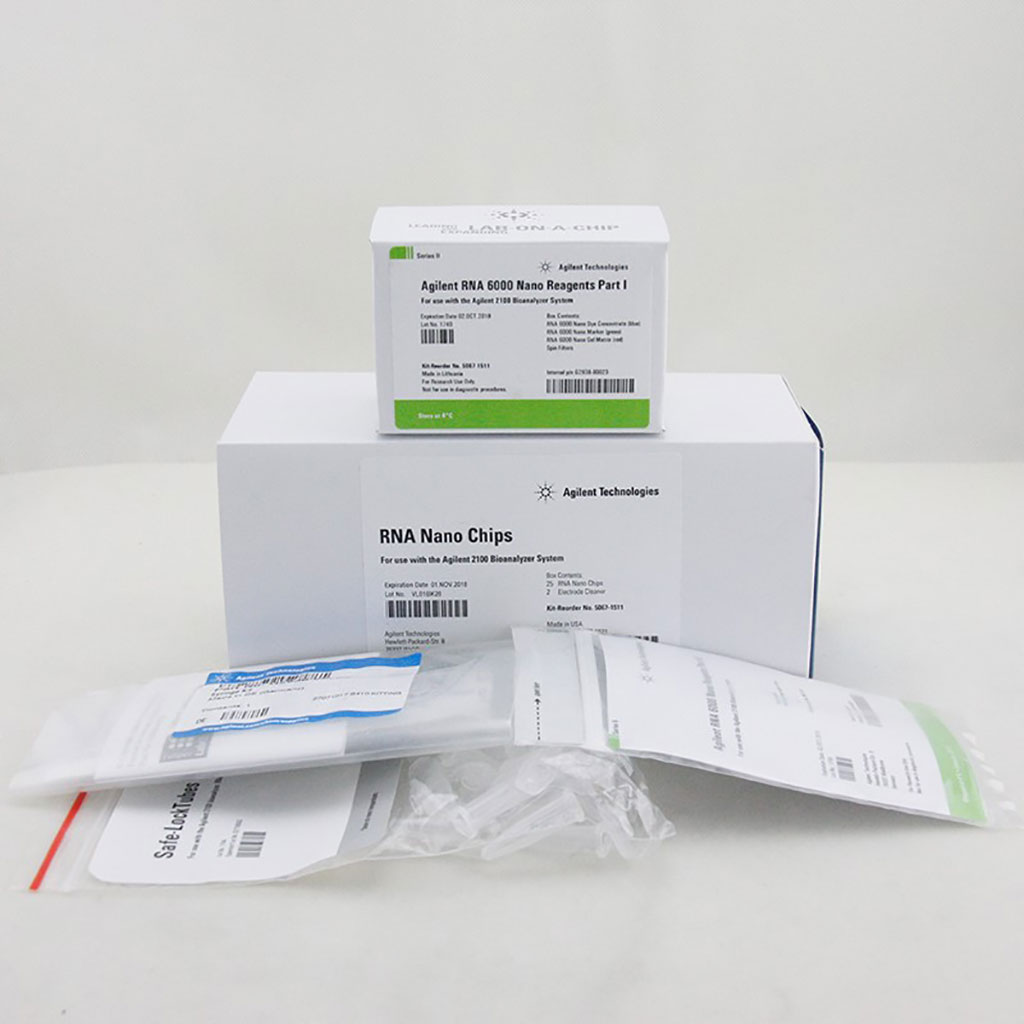Respiratory Syncytial Virus Bronchiolitis Has Different Subtypes
By LabMedica International staff writers
Posted on 30 Jun 2021
Bronchiolitis is the leading cause of hospitalization in infants in the USA, accounting for about 110,000 hospitalizations annually. In addition to the substantial acute morbidity, around 30% of infants hospitalized for bronchiolitis (“severe bronchiolitis”) subsequently develop asthma in childhood. Posted on 30 Jun 2021
Of the major causative pathogens, respiratory syncytial virus (RSV) infection during infancy has the largest population attributable fraction. While bronchiolitis has been considered a single disease with similar mechanisms, emerging evidence suggests heterogeneity in clinical presentations and chronic morbidities (e.g., subsequent risk of recurrent wheeze and asthma).

Image: The Bioanalyzer RNA 6000 Nano assay provides reliable and reproducible characterization of total RNA and mRNA from multiple sample types, from as low as 5 ng of total RNA (Photo courtesy of Agilent)
Medical Scientists at the Massachusetts General Hospital (Boston, MA, USA) and their colleagues analyzed the data from a multicenter prospective cohort study of infants hospitalized for bronchiolitis. This prospective cohort study completed enrollment of 1,016 infants (age < 1 year) hospitalized with bronchiolitis at 17 sites across 14 USA states. Of these 1,016 infants (median age, 3 months; female, 40%), 921 (91%) completed the run-in procedure.
The team isolated total RNA from the nasopharyngeal samples using Trizol LS reagent (ThermoFisher Scientific, Waltham, MA, USA) in combination with the Direct-zol RNA Miniprep Kit (Zymo Research, Irvine, CA, USA). RNA quantity was measured with the (ThermoFisher Scientific Qubit 2.0 fluorometer and its quality was assessed with the Agilent Bioanalyzer 2100 (Agilent, Palo Alto, CA, USA) using the RNA 6000 Nano kit.
To provide further insights, the team analyzed diverse clinical, genetic, and molecular data from 221 infants hospitalized with RSV bronchiolitis who were followed until age 5 years. They gathered information on the viruses that had infected the children, as well as information on the microbes, metabolites, and immune response-related molecules present in the children’s nasal passages.
The scientists reported that based on their analyses, four biologically and clinically meaningful subtypes, or endotypes, of RSV bronchiolitis exist. Of these, 1 endotype, which is characterized by coinfection by rhinovirus, dominance by specific bacteria, and high interferon (IFN) response, had an approximate 40% risk of developing asthma by age five.
The investigators identified four biologically- and clinically-meaningful endotypes: “(1) clinicalclassicmicrobiomeM nonliquefaciensinflammationIFN-intermediate; (2) clinicalatopicmicrobiomeS pneumoniae/M catarrhalisinflammationIFN-high; (3) clinicalseveremicrobiomemixedinflammationIFN-low; and (4) clinicalnon-atopicmicrobiomeM.catarrhalisinflammationIL-6. Particularly, compared with endotype A infants, endotype B infants, had a significantly higher risk for developing asthma (9% versus 38%).
Yoshihiko Raita, MD, an Emergency Medicine physician and first author of the study, said, “Our data add significant support to the emerging concept that bronchiolitis represents several diseases with unique biological mechanisms. For clinicians, our findings give an evidence base for the early identification of high-risk children during an important period of airway development, early infancy.
The authors concluded that by applying an integrated omics approach to data from a multicenter prospective cohort study of 221 infants with RSV bronchiolitis, they had identified four biologically distinct and clinically meaningful endotypes. The study was published on June 14, 2021, in the journal Nature Communications.
Related Links:
Massachusetts General Hospital
ThermoFisher Scientific
Zymo Research
Agilent













